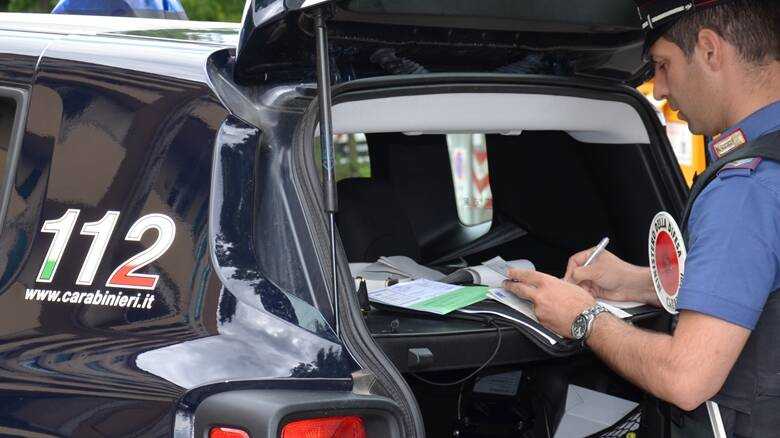In this guide we go in detail to find out what the speed limits are in Italy to avoid the risk of fines and more
Road safety is a key priority to ensure safe and efficient travel. Knowing and respect i limits of speed is a crucial element for maintaining safety on the road and prevent accidents. In this guide, we will explore the different speed limits that apply on different types of roads and in different circumstances. We will delve into the reasons behind these limits and provide practical advice on how to drive responsibly, respecting current regulations. Regardless of driving experience, fully understanding speed limits helps create a more informed and safer road community for all drivers. Ready to explore the world of speed limits together and drive responsibly?

Italian speed limits
It is important to note that speed limits vary from country to country, reflecting the specific regulations and road conditions of each country. In this article, we will focus on the speed limits in force in Italy for different categories of vehicles.
- Population centers (urban streets): The maximum speed limit for motorcycles, cars, cars with trailer and vehicles up to 3.5 t is 50 km/h.
- Secondary extra-urban roads: The maximum speed allowed is 90 km/h for the above categories of vehicles.
- Main extra-urban roads: The limit increases to 110 km/h.
- Highways: The maximum speed allowed is 130 km/h.
Specific limits apply to some categories of vehicles:
- Agricultural machinery and operating machinery with tyres: Massimo 40 km/h.
- Mopeds: Limit at 45 km/h.
- Quadricycles motor: The maximum speed allowed is 80 km/h.
- Trucks; cars towing trailers (even if light) or caravans (caravans) on the motorway: Massimo 80 km/h.
- Trucks; cars towing trailers (even if light) or caravans (caravans) on extra-urban roads (main and secondary): Limit at 70 km/h.
In certain situations:
- On urban roads with particular characteristics: In the presence of a specific sign, the maximum limit can be raised to 70 km/h.
- On main extra-urban roads in the event of precipitation (rain, snow): The maximum speed cannot exceed 90 km/h, ensuring safer driving conditions.

The importance of speed limits
In the road traffic It is crucial to ensure the safety of drivers, passengers and pedestrians. These regulations are not simply figures on road signs, but they represent a fundamental mechanism for preventing accidents and protecting human life. Respecting speed limits helps reduce the risk of collisions, minimize damage to people and vehicles, and improve traffic efficiency overall. Furthermore, the limits are designed taking into account the specific characteristics of roads, weather conditions and other environmental factors, ensuring and environment Of suitable guide to different situations. Awareness and respect for speed limits therefore represent responsible behavior on the part of every driver, helping to build a safer and more harmonious road community.
What do you think of this one guide? Let us know with a comment below and continue reading techgameworld.com to stay updated on the latest news and more.















Leave a Reply
View Comments